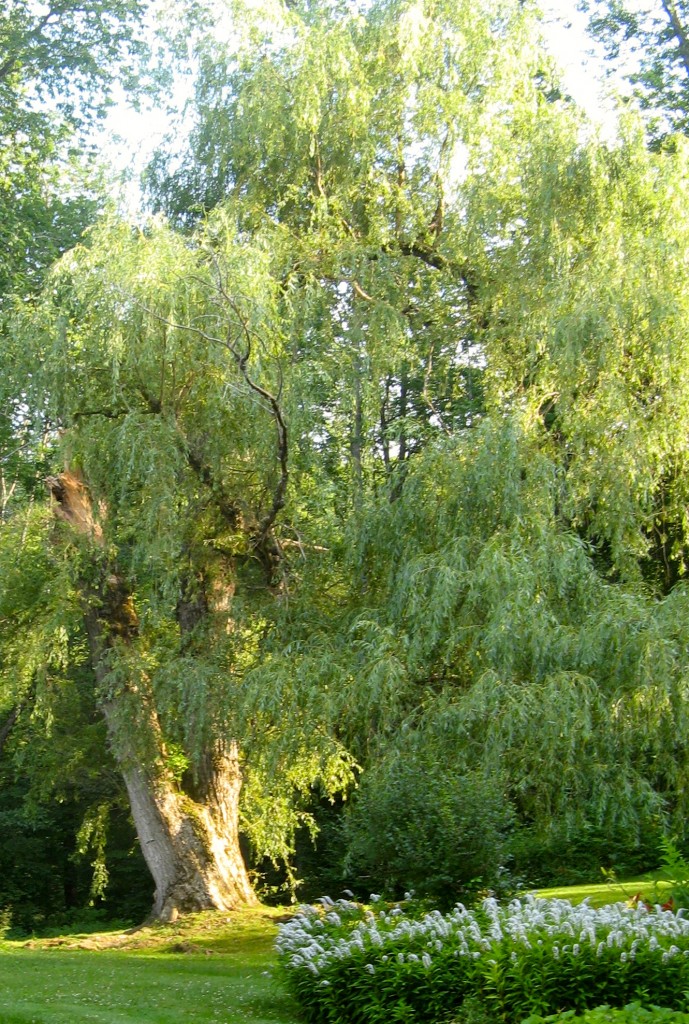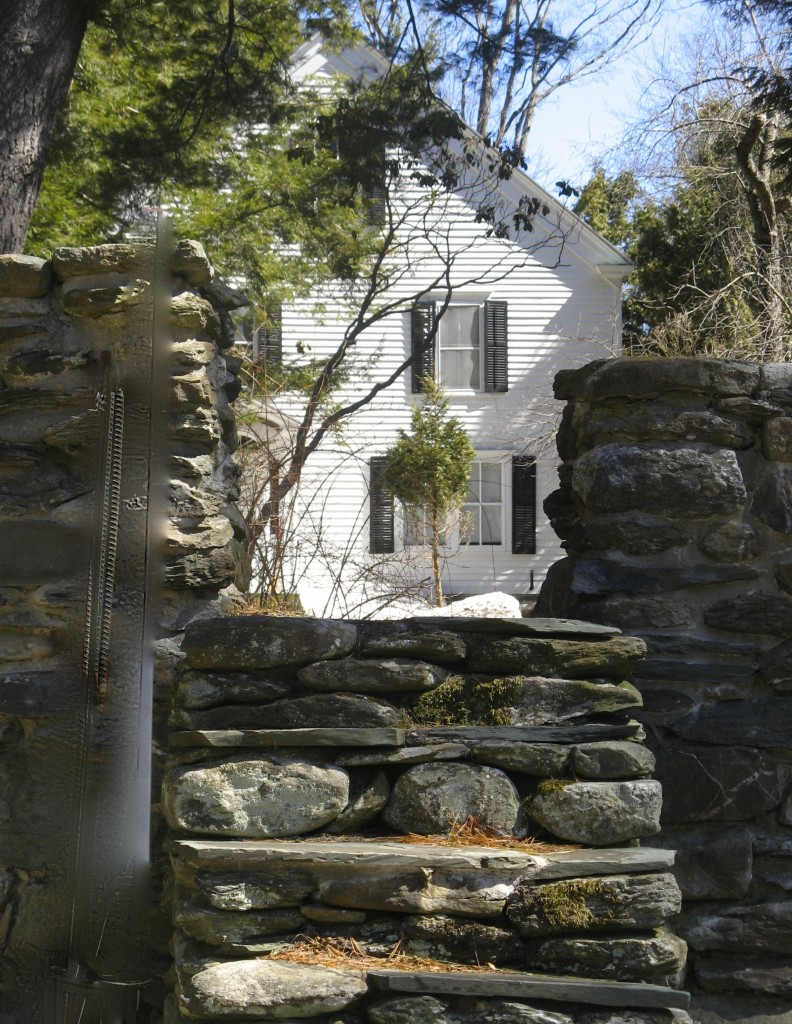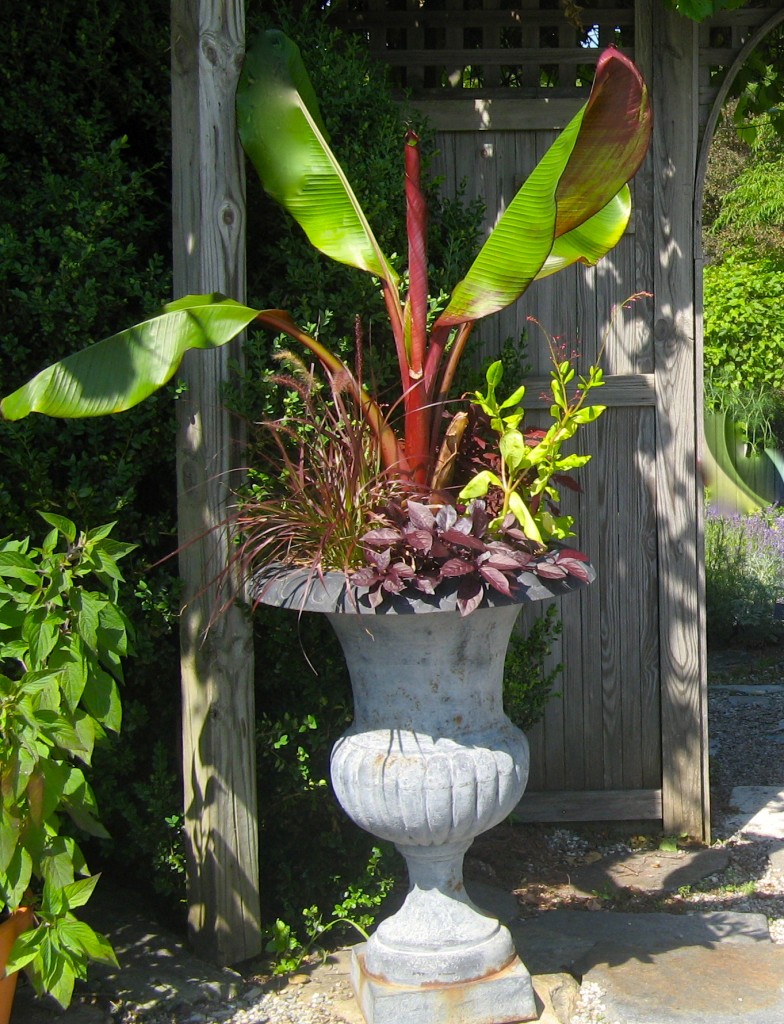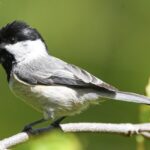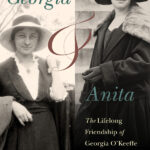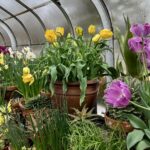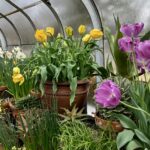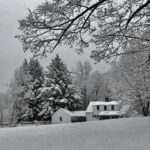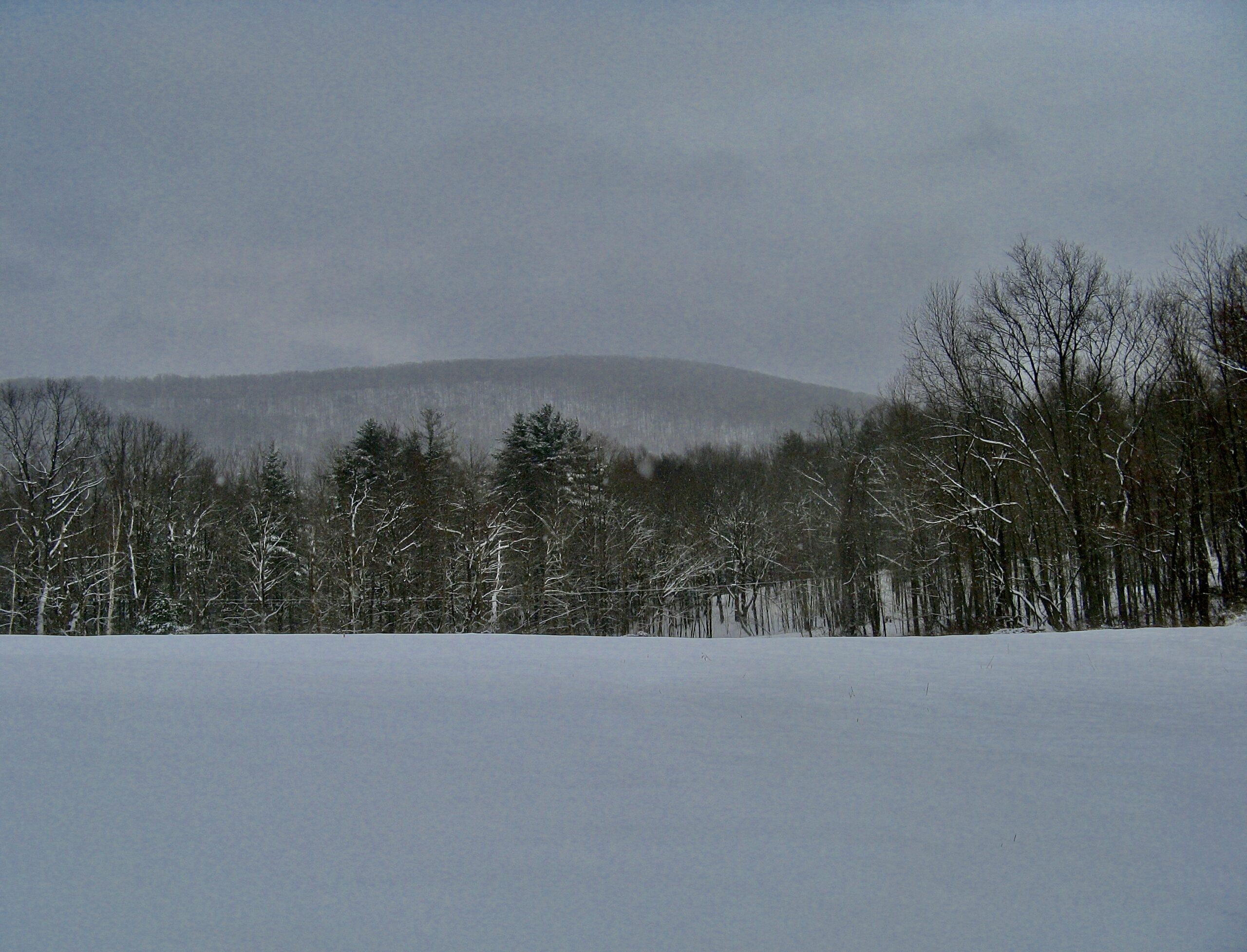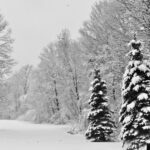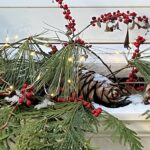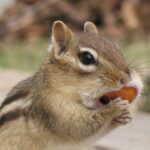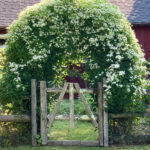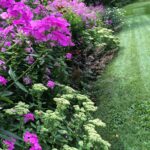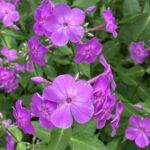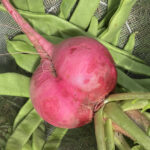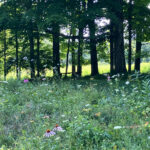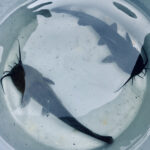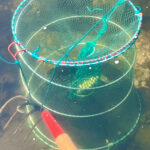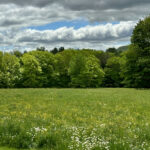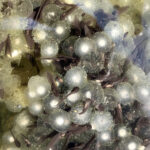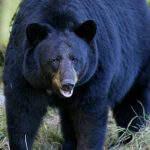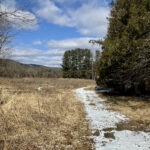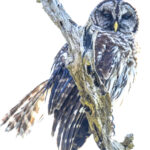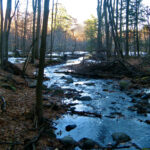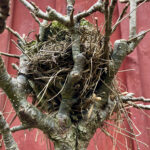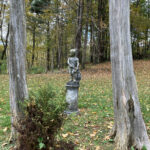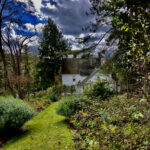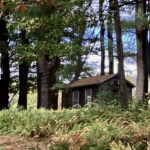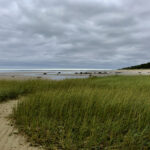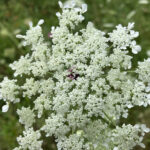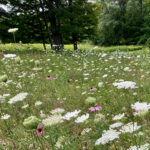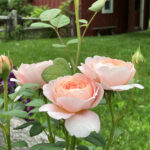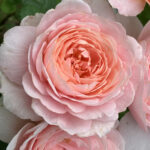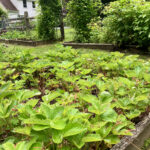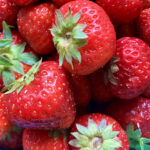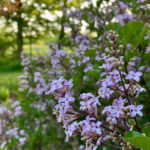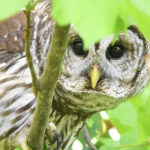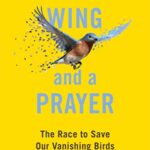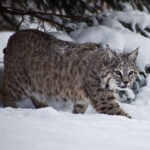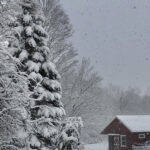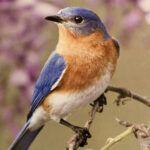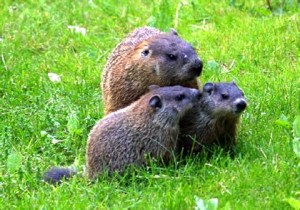 I thought I’d made my peace with them. It hadn’t been easy. Six years ago, a woodchuck family set up a compound on our property. They burrowed tunnels in the mowing field, behind a rotting log near the compost heap, and (appropriately enough) under the woodpile beside my writing studio. From time to time while I was working, I’d be overcome with the eerie sensation that I was being watched. I’d turn in my chair, and there, staring at me through the screen door with an unblinking and quizzical expression would be a woodchuck. They looked cute, I’ve got to give them that, waddling around in their little fur coats, galumphing across the lawn, sitting up on their chubby hind legs as they nibbled this or that piece of the landscape. Continue reading
I thought I’d made my peace with them. It hadn’t been easy. Six years ago, a woodchuck family set up a compound on our property. They burrowed tunnels in the mowing field, behind a rotting log near the compost heap, and (appropriately enough) under the woodpile beside my writing studio. From time to time while I was working, I’d be overcome with the eerie sensation that I was being watched. I’d turn in my chair, and there, staring at me through the screen door with an unblinking and quizzical expression would be a woodchuck. They looked cute, I’ve got to give them that, waddling around in their little fur coats, galumphing across the lawn, sitting up on their chubby hind legs as they nibbled this or that piece of the landscape. Continue reading
Woodchucks
The old willow
A few years back on an early June night a storm raged through the Berkshires, downing trees and knocking out power. Our elderly weeping willow was sheared nearly in half. A massive tangle of shattered limbs and willow wands sat in a forlorn heap on our front lawn. What remained of the tree looked denuded and vulernable — an amputee still in shock.
For years Mike, who cuts our lawn, had railed against that willow. He called it a “dirty” tree because it shed its branches with the same abandon that a teenager discards clothes. Continue reading
Sorrel — sourpuss in the herb garden
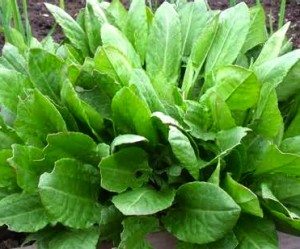 Sorrel’s at its best early in the season, leafing out in the Berkshires about the same time fiddleheads and morels are putting in their own brief appearances. Like them, it has a pungent flavor, redolent of the soil from which it has so recently sprung. To bite into a sorrel leaf is to understand the meaning of sour. In fact, the word “sorrel” probably originates from “surele” which is the Old French word for sour. Though its rabbit-ear-shaped leaves are soft and delicate-looking, sorrel is a hardy and dependable presence in the herb garden. This cruel winter laid waste to my shrub-size phalanx of purple sage, but the sorrel shot back up without complaint or diminution, ready to be put to use. Continue reading
Sorrel’s at its best early in the season, leafing out in the Berkshires about the same time fiddleheads and morels are putting in their own brief appearances. Like them, it has a pungent flavor, redolent of the soil from which it has so recently sprung. To bite into a sorrel leaf is to understand the meaning of sour. In fact, the word “sorrel” probably originates from “surele” which is the Old French word for sour. Though its rabbit-ear-shaped leaves are soft and delicate-looking, sorrel is a hardy and dependable presence in the herb garden. This cruel winter laid waste to my shrub-size phalanx of purple sage, but the sorrel shot back up without complaint or diminution, ready to be put to use. Continue reading
Tree peonies
I first fell in love with tree peonies at Naumkeag, the historic Stanford White “cottage” in Stockbridge, Massachusetts which is just down the road from us in the Berkshires. The more elegant and refined relative of the herbaceous peony — that floppy favorite of the springtime garden — the tree 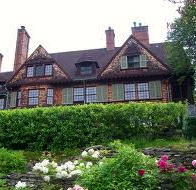 peony is known as “mudan” in Chinese and has been an integral part of Chinese culture for over 3,000 years. Countless Chinese poems, such as the one above, paintings, and textiles are filled with images of tree peonies. First used for medicinal purposes, the plant became a favorite of the Imperial Garden where new varieties were created through seedlings and grafting. (The word “mudan” means a plant that can reproduce from both seed and sucker). Continue reading
peony is known as “mudan” in Chinese and has been an integral part of Chinese culture for over 3,000 years. Countless Chinese poems, such as the one above, paintings, and textiles are filled with images of tree peonies. First used for medicinal purposes, the plant became a favorite of the Imperial Garden where new varieties were created through seedlings and grafting. (The word “mudan” means a plant that can reproduce from both seed and sucker). Continue reading
Weeping cherries
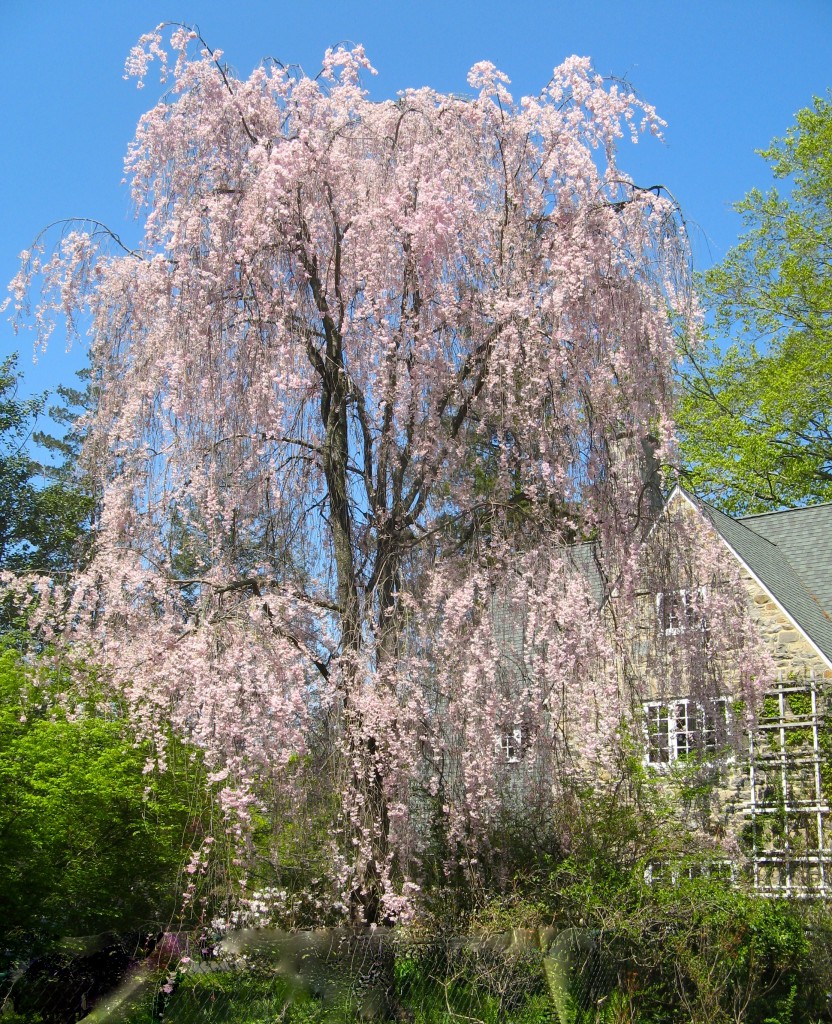 I think we all probably associate certain plants with particular events and people in our lives. The smell of pear blossoms or pine bows, hyacinths or lilacs, can sweep me into the past as magically as a madeleine once transported Proust. I was struck by this recently when I went back to my home town in Pennsylvania for the funeral service of a beloved aunt. She’d been brought up, along with my father and five other siblings, in the beautiful stone Arts & Crafts house pictured here. Her mother, my grandmother, had been a passionate gardener and some of my earliest memories are of running through the magnificent rose garden she nurtured for decades in the backyard. Continue reading
I think we all probably associate certain plants with particular events and people in our lives. The smell of pear blossoms or pine bows, hyacinths or lilacs, can sweep me into the past as magically as a madeleine once transported Proust. I was struck by this recently when I went back to my home town in Pennsylvania for the funeral service of a beloved aunt. She’d been brought up, along with my father and five other siblings, in the beautiful stone Arts & Crafts house pictured here. Her mother, my grandmother, had been a passionate gardener and some of my earliest memories are of running through the magnificent rose garden she nurtured for decades in the backyard. Continue reading
Chive talk
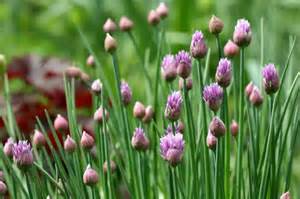 The growing season in the Berkshires is at least two weeks behind this year. It wasn’t until late April that I finally glimpsed one of the first signs of spring in our fenced-in vegetable garden: chive shoots — fine as cat whiskers — poking up through the snow-flattened mound of last year’s patch. This week I noticed that the chives had started to thicken, lengthen, and spread. Like telemarketers, chives are invasive and indefatigable. They jump across the raised beds to wriggle in among the newly planted peas or slide under the bricks in the narrow garden pathways. Continue reading
The growing season in the Berkshires is at least two weeks behind this year. It wasn’t until late April that I finally glimpsed one of the first signs of spring in our fenced-in vegetable garden: chive shoots — fine as cat whiskers — poking up through the snow-flattened mound of last year’s patch. This week I noticed that the chives had started to thicken, lengthen, and spread. Like telemarketers, chives are invasive and indefatigable. They jump across the raised beds to wriggle in among the newly planted peas or slide under the bricks in the narrow garden pathways. Continue reading
Force of habit
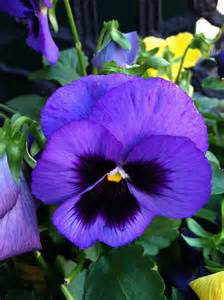 The shoes put on each time
left first, then right…
—from ‘Habit’ by Jane Hirshfield
The shoes put on each time
left first, then right…
—from ‘Habit’ by Jane Hirshfield
I planted pansies (Viola x wittrockiana) a few days ago in our window box and in the old cement urn I inherited from my mother. Do I plant pansies this time of the year because I hope their bright, clownish faces might add a little color and humor to our all-too-slowly greening landscape? Or is it because my father used to plant them when I was a girl? Continue reading
Nothing gold can stay
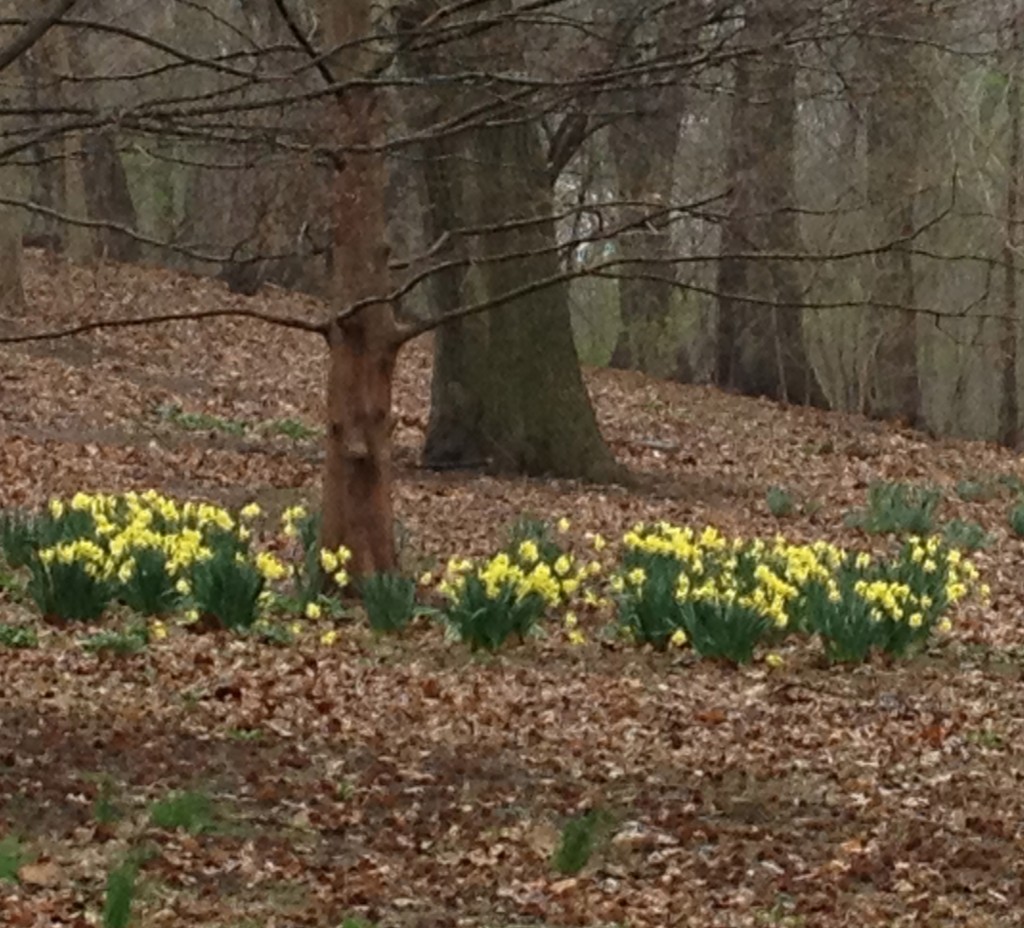 Nature’s first green is gold,
Her hardest hue to hold.
Her early leaf’s a flower;
But only so an hour.
Then leaf subsides to leaf.
So Eden sank to grief,
So dawn goes down to day.
Nothing gold can stay.
— Robert Frost
Nature’s first green is gold,
Her hardest hue to hold.
Her early leaf’s a flower;
But only so an hour.
Then leaf subsides to leaf.
So Eden sank to grief,
So dawn goes down to day.
Nothing gold can stay.
— Robert Frost
Robert Frost was born in San Francisco, but moved as a boy to Lawrence, Massachusetts after his father died. Resettled in New England, Frost’s mother became a Swedenborgian and baptized her son in the religion. Though Frost left the church as an adult, I think that much of his poetry reflects the Swedenborgian tenet that everything in the natural world has a spiritual dimension. Frost lived and was first published in Britain, but he has long been considered New England’s unofficial poet laureate. Like Norman Rockwell, our other popular chronicler who’s undergone a bit of revisionist biography lately, Frost is really neither folksy nor simple. Dark, conflicting, and deep channels of insight run through just about everything he wrote. Continue reading
My candle burns at both ends
Our place in the Berkshires is just over the hill from Steepletop, the house where the poet Edna St. Vincent Millay lived from 1925 until her death there in 1950. This is where Millay slowly retreated from the world — into the shadows of physical suffering, depression, and addiction. But at the height of her celebrity during the 1920s, she’d been one of the most acclaimed poets in America, filling theaters and concert halls with her readings, and leaving her mark on an entire generation. Continue reading
In the beauty of the (canna) lilies…
I was given several canna lily rhizomes by a neighbor a few years back. They were long and knobby, pale as parsnips, caked with dirt and dangling hairy roots. “They’re beautiful when they start to grow,” my neighbor assured me. “And they get really tall, though mine have yet to flower.” Great, I thought. Plants that don’t flower. Just what every garden needs. I waited until the overnight temperatures stayed above freezing, as my neighbor had advised, then I dug a hole in the back of my long border and arranged the cannas inside. They looked like the bones of some small animal curled up in a shallow grave. I covered the whole sad business over with dirt thinking that would probably be the last I’d see of them. Continue reading
The call of the wild
 He was mastered by the sheer surging of life, the tidal wave of being, the perfect joy of each separate muscle, joint, and sinew in that it was everything that was not death, that it was aglow and rampant, expressing itself in movement, flying exultantly under the stars…
He was mastered by the sheer surging of life, the tidal wave of being, the perfect joy of each separate muscle, joint, and sinew in that it was everything that was not death, that it was aglow and rampant, expressing itself in movement, flying exultantly under the stars…
These are Buck’s thoughts as he leads a pack of fellow sled dogs on a night chase to track and kill a snowshoe rabbit. It’s the Yukon at the height of the Klondike Gold Rush and Buck, kidnapped from his loving home in the Santa Clara Valley and forced to work on a dog team, is quickly shedding his domesticated ways and reverting to an atavistic wildness. He’s cold and hungry and driven to violence. You can almost taste the blood on your tongue and feel the bitter wind in your fur as you read Jack London’s 1903 novel. During this dreary final stretch of March, it is something of a wonder to be transported to such a different place and time and, in this case, transformed into an entirely different species. As with all great books, Continue reading
And I think of roses, roses
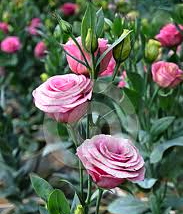 I thought of these lines from Theodore Roethke’s long lyric poem this afternoon as I gazed out the kitchen window at the bank of crusted-over snow blanketing my Prairie Princess roses. Yes, it’s officially Spring but the ground is still frozen in the Berkshires, and there’s yet another wintry mix in the forecast for early next week. There’s nothing much a gardener can do in these circumstances but gently brush off the top layer of snow in search of hyacinth and tulip shoots — and dream of the future. Or, as in Roethke’s case, think about the past. Continue reading
I thought of these lines from Theodore Roethke’s long lyric poem this afternoon as I gazed out the kitchen window at the bank of crusted-over snow blanketing my Prairie Princess roses. Yes, it’s officially Spring but the ground is still frozen in the Berkshires, and there’s yet another wintry mix in the forecast for early next week. There’s nothing much a gardener can do in these circumstances but gently brush off the top layer of snow in search of hyacinth and tulip shoots — and dream of the future. Or, as in Roethke’s case, think about the past. Continue reading
Havens on earth
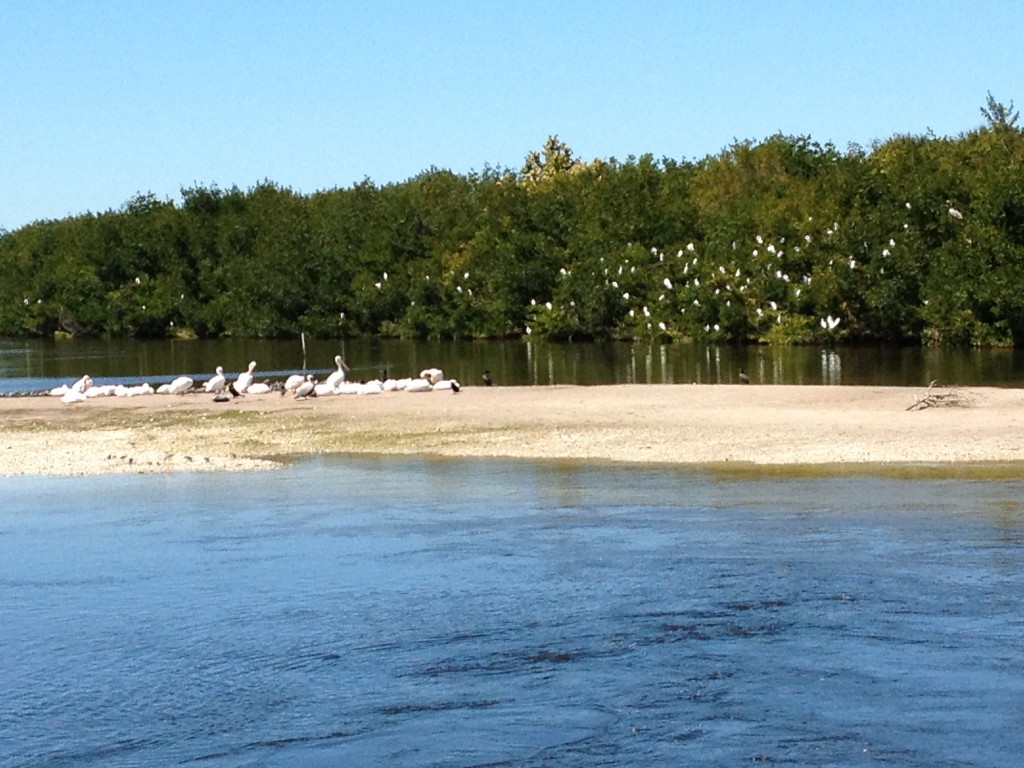
The J. N. “Ding” Darling National Wildlife Refuge
The wind was high on Florida’s Captiva Island this morning, whipping up whitecaps on the usually placid Gulf of Mexico and forcing the row of staid palms along the beach to bend southward in rigorous, calisthenic formation. But less than a mile down the island, a winding road led us back into a wide expanse of mangrove estuaries. They lay still and almost silent under the noonday sun. This area of protected interior wetlands is home to thousands of egrets, herons, and other wading birds, and a welcome resting place for white pelicans and other migrating creatures, such as ourselves. Continue reading
We like March — his shoes are Purple…
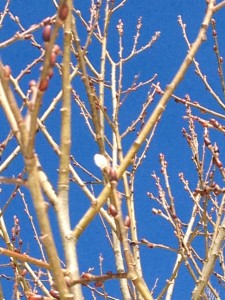 We like March — his shoes are Purple.
He is new and high —
Makes he Mud for Dog and Peddler —
Makes he Forests Dry —
Knows the Adders Tongue his coming
And begets her spot —
Stands the Sun so close and mighty —
That our Minds are hot.
News is he of all the others —
Bold it were to die
With the Blue Birds buccaneering
On his British Sky —
Emily Dickinson (version of 1878)
We like March — his shoes are Purple.
He is new and high —
Makes he Mud for Dog and Peddler —
Makes he Forests Dry —
Knows the Adders Tongue his coming
And begets her spot —
Stands the Sun so close and mighty —
That our Minds are hot.
News is he of all the others —
Bold it were to die
With the Blue Birds buccaneering
On his British Sky —
Emily Dickinson (version of 1878)
Though the Berkshires are still covered in nearly a foot of iced-over snow, if you look very carefully, you can detect the first faint signs of spring. March, with what Dickinson so aptly called “his purple feet,” is starting to creep across the fields and slip through the underbrush. The witch hazel branches are knobby with new growth which, in another few weeks, will explode into clusters of chrome yellow with hot red centers — each a miniature fireworks display. I caught the acrid scent of skunk this afternoon outside our garage. And, when I walked down to the creek where several years ago I planted three pussy willow bushes, I saw that — here and there — a popcorn-size blossom had burst through its casing. Continue reading

